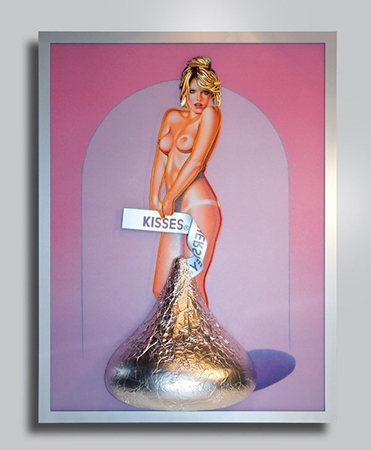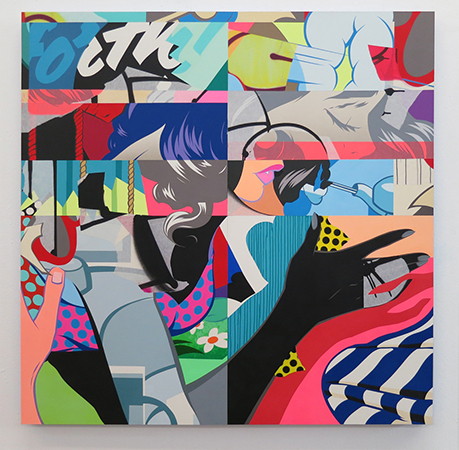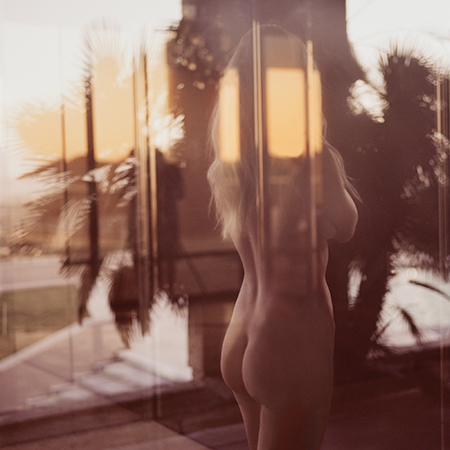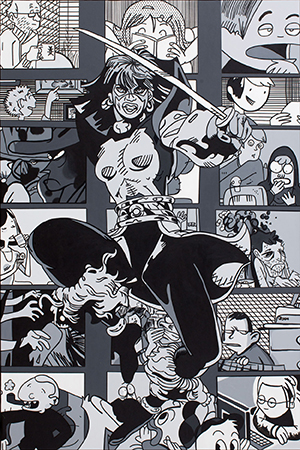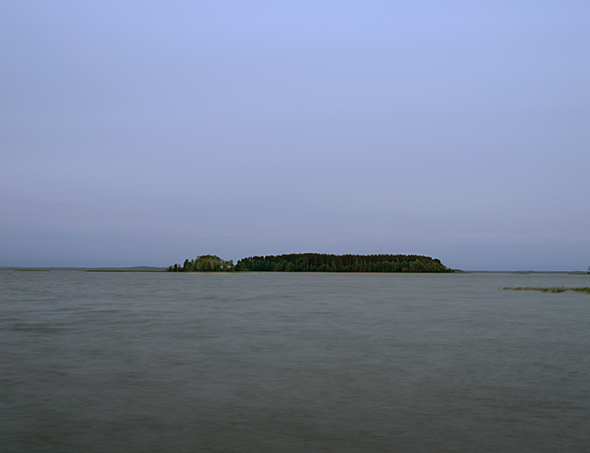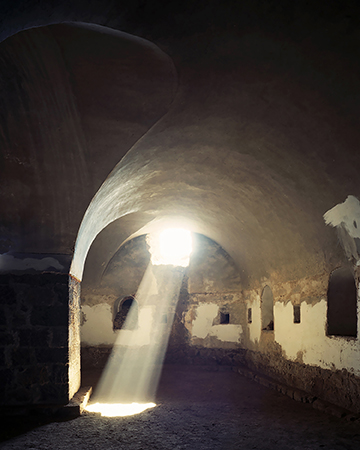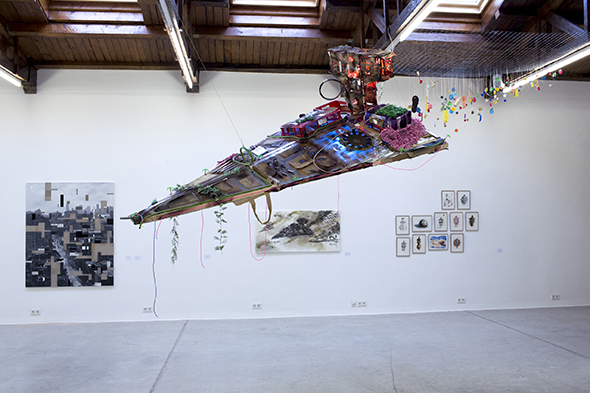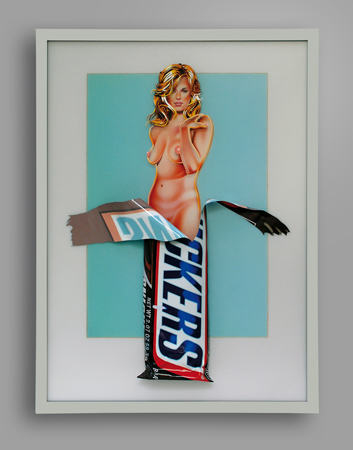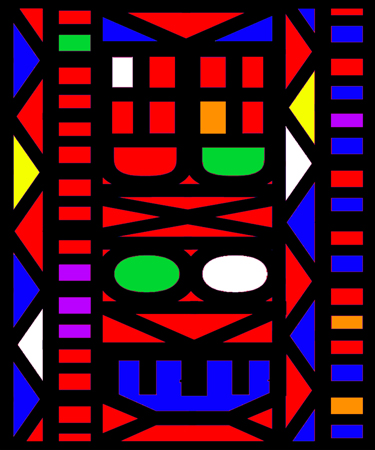Nan Hoover
Afternoon Light
until 10 January 2003
Galerie Ernst Hilger
A-1010 Wien, Dorotheergasse 5
T: +43-1-512 53 15 F: +43-1-513 91 26
hilger@hilger.at
www.hilger.at
In a first exhibition in Vienna, GALERIE ERNST HILGER is showing a
selection of the photographs and video works of the renowned American
artist Nan Hoover.
Nan Hoover was born in New York in 1931 and studied painting from 1950
to
1955 at the Corcoran Gallery Art School in Washington. In 1969 she moved
to Amsterdam. Her actions, performances, drawings, paintings and video
productions have been shown in many art galleries and exhibitions, as
well
as festivals in Europe and the USA. These include single exhibitions at
the Stedelijk Museum in Amsterdam, the Neue Pinakothek in Munich, the
Kunsthaus in Zurich, the Long Beach Museum of Art in Los Angeles, the
Museum of Modern Art in New York, and the Tate Gallery in London. She
took
part in documenta 7 + 8 and was professor for video and film at the Art
Academy of Düsseldorf until 1996.
The exhibition in Vienna shows photographs, such as afternoon light,
church 2, enclosed, impressions, movement from either direction color,
national pinakotiki athen or standing in blue, which give impressive
proof
of Nan Hoover’s artistic intentions. Two of her central themes can be
identified in her work. On the one hand the human body, which is either
in
real motion in space, or is shown transcended by light and shadow. This,
in turn, transforms into themes these perceptions of the unknown,
over-powerful and oversized. On the other hand, there are nature,
landscape and architecture, which are captured in clear colors or somber
moods. In her video and light installations, Hoover specifies these
arranged scenarios about the relationship between man and his/her
surroundings by way of slowly progressing movements. The constant
changes
of the body contours and gestures, through the interplay with light, are
important means of her artistic expression. Through these minutely
detailed plays on light and shade she achieves alienations that can be
perceived as signs, which are very expressive signs, yet, they do not
deliver any immediate information – they show the invisible. It
takes time
and patience to take in her works.
Nan Hoover about her work in a letter: “So, as you can see, most of my
work explores perception, how we see, or in most cases today, that we do
not perceive, we look but do not digest. I think the only way to
stimulate
the process of perceiving is to confuse, perhaps, to present a question,
like Plato, to ask questions and not to give answers, for me there are
no
answers and our quest, our striving, our search, the search, is what
interests me.“
